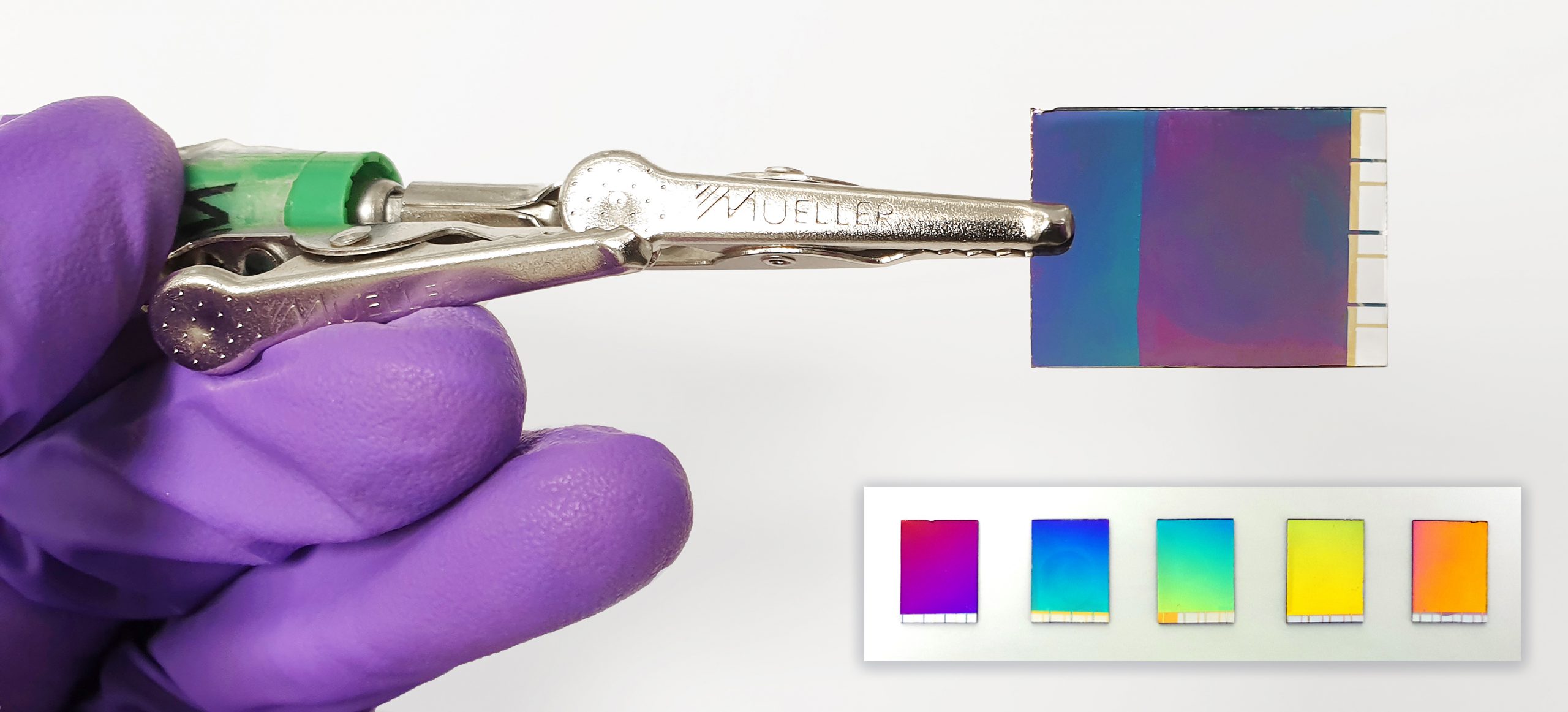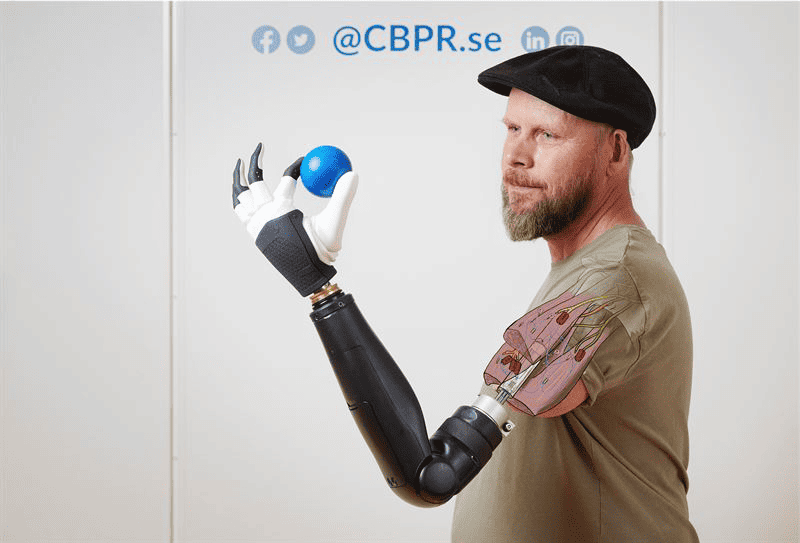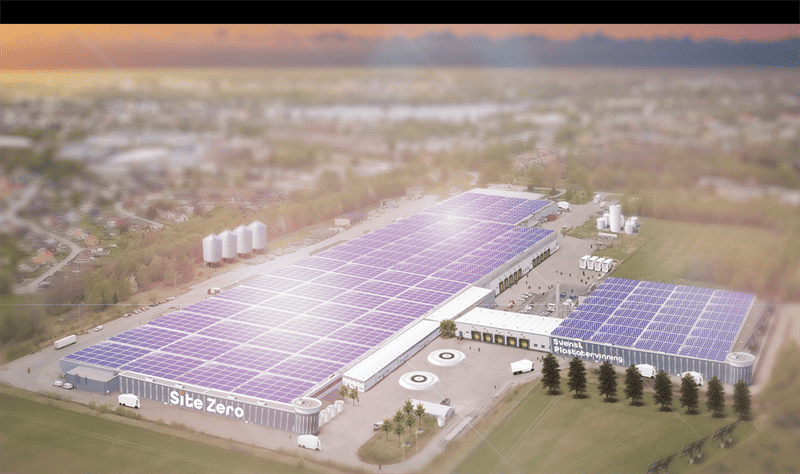
The quality of computer screens has improved by leaps and bounds in recent years. Yet there is still scope for improvement. For example, it would be nice if they consumed less energy, if you could also easily read the screen outside in the sunshine, and if reading from a screen was as pleasant as reading something on paper.
All of these problems will be greatly reduced by using so-called “electronic paper,” Sweden’s Chalmers University of Technology says in a press release today.
What is electronic paper?
Chalmers: “Traditional digital screens use a backlight to illuminate the text or images displayed upon them. This is fine indoors, but we’ve all experienced the difficulties of viewing such screens in bright sunshine. Reflective screens, however, attempt to use the ambient light, mimicking the way our eyes respond to natural paper.”
Up until now, one of the problems with these reflective screens, i.e. E-paper was that they failed to produce the same high-quality images and colors as an LED-lit screen. “Our research now shows how the technology can be optimised, making it attractive for commercial use,” says Marika Gugole, a doctoral student in the Faculty of Chemistry and Chemical Engineering.
Ultra-thin and flexible
The researchers had previously succeeded in developing an ultra-thin, flexible material that is also capable of displaying all the colors that an LED screen displays, while requiring only a tenth of the energy that a standard tablet uses. However, in previous designs, the color quality left much to be desired.
The new study, published in the professional journal Nano Letters, takes electronic paper to the next level. The starting point was a material for the screen that had been previously researched. This is made up of tungsten trioxide, gold and platinum, among other things. By rotating this material at different illumination angles, a new design was found for the E-paper whereby colors are displayed much more accurately.
Gold and platinum
“The inversion of the design represents a great step forward,” according to the Chalmers press release. “They placed the component which makes the material electrically conductive underneath the pixelated nanostructure that reproduces the colours – instead of above it, as was previously the case. This new design means you look directly at the pixelated surface, therefore seeing the colours much more clearly.”
In addition to the color quality, as mentioned, the low level of energy usage is an advantage, as well as the fact that eyestrain is less likely to occur. The researchers from Chalmers believe that people also do not need to worry about potential high consumption of raw materials. The amounts of gold and platinum required for electronic paper are minimal.
Industrial player
“Our main goal when developing these reflective screens, or ‘electronic paper’ as it is sometimes termed, is to find sustainable, energy-saving solutions. And in this case, energy consumption is almost zero because we simply use the ambient light of the surroundings,” research leader and professor Andreas Dahlin goes on to explain.
“A large industrial player with the right technical competence could, in principle, start developing a product with the new technology within a couple of months,” he adds. Besides smartphones and tablets, Dahlin says the E-paper would also be suitable for outdoor advertising.
If you would you like to read more about nanotechnology, click here.







